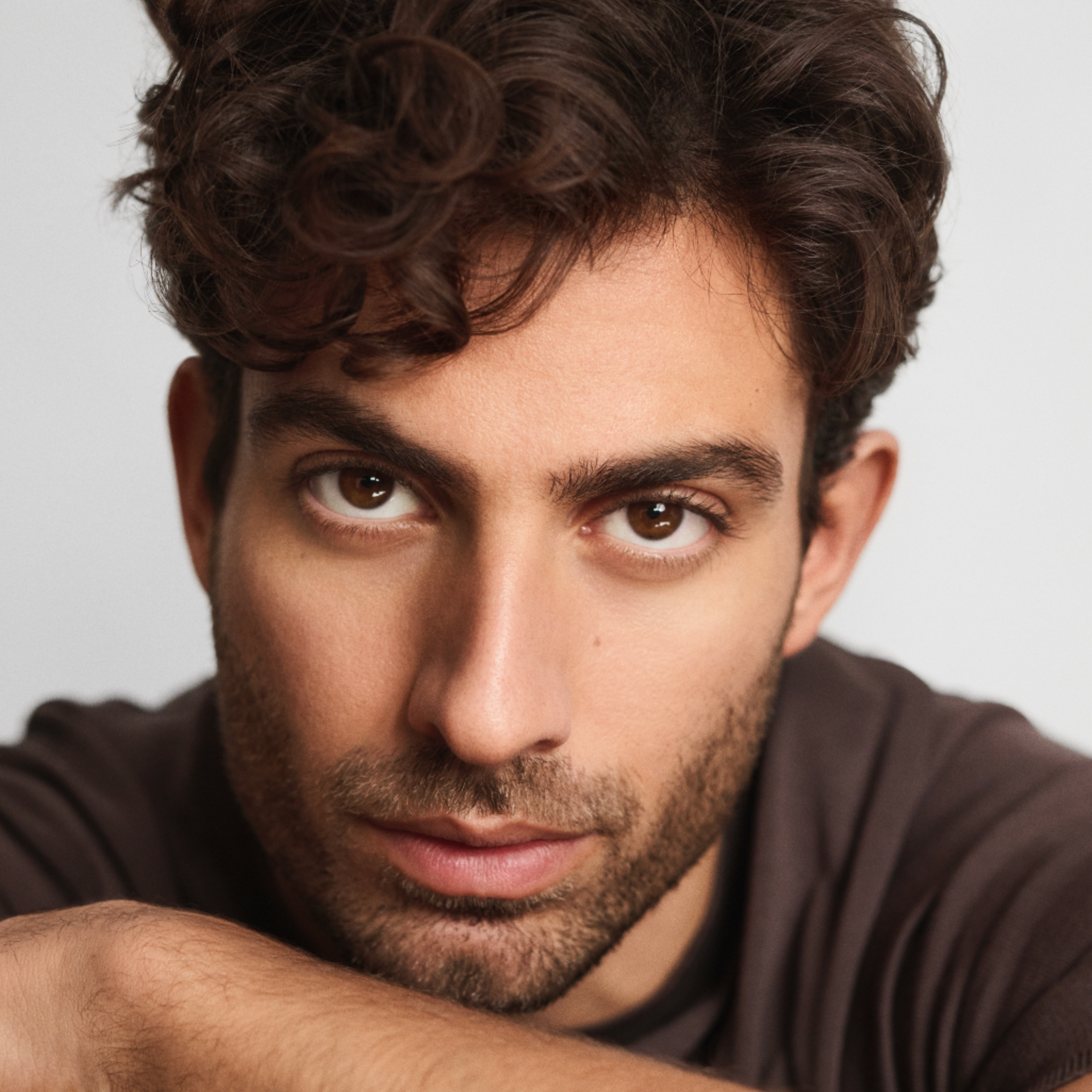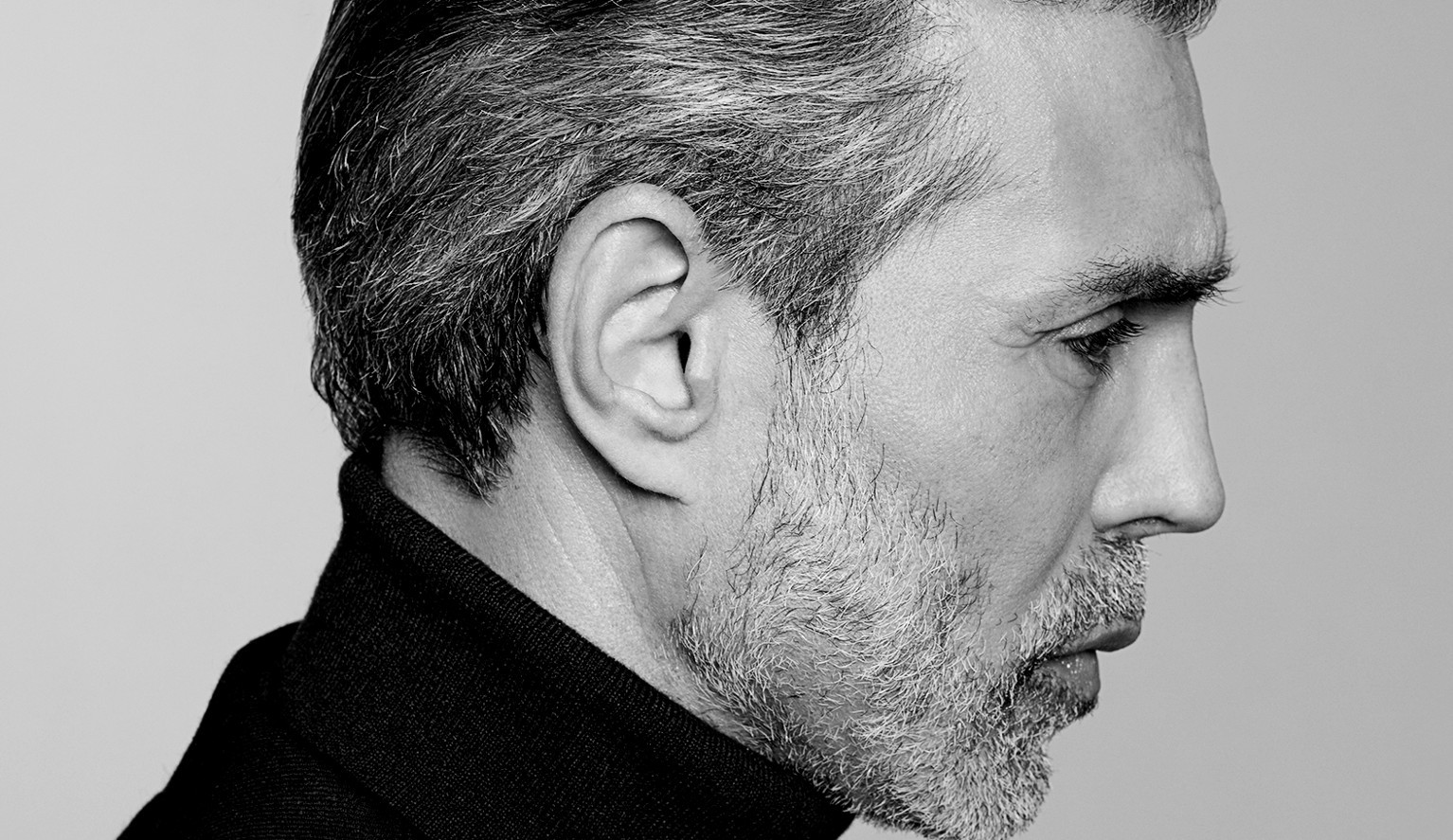


Ouronyx Blog
How to Treat Androgenic Alopecia



Caused by a genetic predisposition and hormonal imbalances, particularly an excess of androgens like testosterone, it is characterised by a receding hairline and hair thinning on the crown for men. Female pattern hair loss is characterised by an overall thinning which maintains the normal hairline and is more common to develop slightly later, predominately during menopause. Male pattern hair loss can develop as early as the teenage years, but for most, it is usually noticeable in the late twenties to early thirties. The earlier it starts, the quicker the hair loss will progress for most. Even though it is common, it doesn't make the condition any less upsetting. While there is no cure for androgenic alopecia, several treatment options are available that can help slow down or (to some extent) even reverse the hair loss process. Medications: a go-to option for many is the use of medications such as finasteride and minoxidil. Finasteride is a prescription medication that works by hampering the conversion of testosterone into dihydrotestosterone (DHT), the hormone responsible for causing hair loss. On the other hand, Minoxidil is a topical medication that is applied directly to the scalp to stimulate hair growth. These medications can be effective in slowing down hair loss and promoting hair growth, but they also have side effects and require long-term, continued use to maintain benefits.



Hair Transplant Surgery: another popular treatment option for androgenic alopecia is hair transplant surgery. This involves transplanting healthy hair follicles from one part of the scalp to the area where the hair is sparse or bald. Hair transplant surgery can produce natural-looking results if done by a trained expert, however it requires long recovery periods and may require multiple sessions to achieve the desired look (as well as being a costly procedure). Platelet Rich Plasma: first used in Europe in 2005, PRP (Platelet Rich Plasma) hair treatment is a non-surgical, regenerative hair restoration technique that uses the patient’s own blood to stimulate hair growth. The process involves drawing a small amount of the patient’s blood, processing it to isolate the platelet-rich plasma, and injecting it into the scalp to create new hair follicles. PRP injections activate natural hair growth and maintain it by increasing the blood supply to the hair follicle. Even though PRP hair treatment is a safer alternative to surgical hair restoration procedures, it does need to be performed several times in order to maintain efficacy. It can provide a good solution for short-term problems but is not as powerful for systemic issues arising from genetics or hormonal changes. Additionally, the patient’s blood and general health can affect the quality of how strong the PRP treatment would be.



Hair Restoration Treatment at Ouronyx
In the battle against androgenic alopecia, Autologous Micrografting Technology (AMT) comes recommended as an effective and innovative tool by the specialists at Ouronyx. AMT is a hair restoration technique which is a minimally invasive and non-surgical treatment in which tiny grafts of hair follicles are transplanted from the donor area to the recipient area of the scalp. The procedure is conducted under local anaesthesia and involves taking tiny hair follicles from a dense area of hair growth on the scalp, often the back or sides of the head. The extracted follicles are then converted to liquid stem cells and transplanted to the bald or thinning areas of the scalp to help slow down hair fall and stimulate existing hair follicles to grow. Post-treatment, the scalp is monitored by doctors and mesotherapy treatments are conducted if required to boost results.



As a pain-free experience with no additional recovery time or scarring, the treatment is a clear winner against hair transplant surgeries, medications and PRP treatments. Comparatively, it is a one-off treatment that shows visible hair growth within a period of about 4 to 6 months. Whenever required, AMT can also work in tandem with other procedures. Sometimes in cases where a patient has absolutely no hair in a follicle, hair transplant surgeries are conducted first. A few months after recovery from the transplant, the AMT procedure can be performed to help strengthen the new follicles and promote stronger, healthier hair. A true team player. All in all, AMT is an exciting treatment option for individuals with hair loss, offering a non-invasive, natural-looking and permanent solution. If you are experiencing hair loss and are looking for pioneering treatments, Ouronyx offers AMT treatments with a psychology-led consultation process and specialists on call to guide you through the treatment and offer you the best experience and results.
REQUEST A CONSULTATIONBook a Consultation
Begin your Ouronyx journey with one of our facial aesthetics doctors. Choose a location, date and time that suits you and we’ll get ready to onboard you on the tour of self-discovery.

